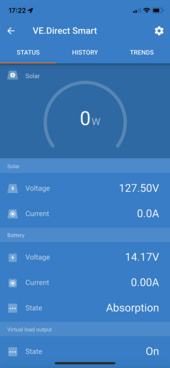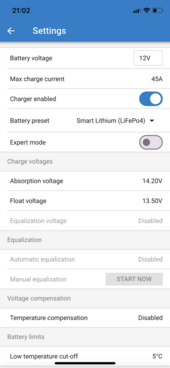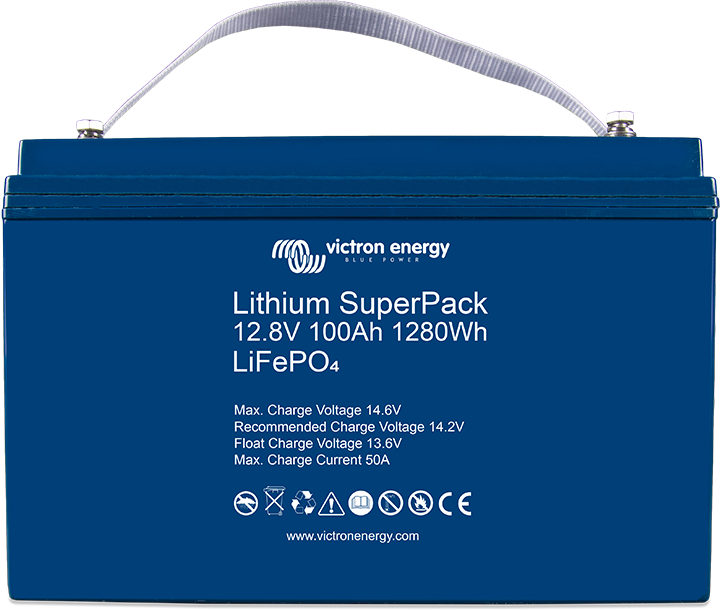Cat-Sam
New Member
So after replacing my MMPT to a Victron 150/45 to replace my previous 100/50, this as I’d increased my panels, but having set everything up i get volts but now watts or amps ?

So no charge going to my batteries it seems.
Nice bright sunny day here in Copenhagen so thought it worth having the solar running but obviously I’ve made a mistake somewhere…..
I did make sure to connect in the right order, battery terminals and then PV terminals. Ran a MM over the terminals and get the same result as above so what‘s wrong ?

So no charge going to my batteries it seems.
Nice bright sunny day here in Copenhagen so thought it worth having the solar running but obviously I’ve made a mistake somewhere…..
I did make sure to connect in the right order, battery terminals and then PV terminals. Ran a MM over the terminals and get the same result as above so what‘s wrong ?




